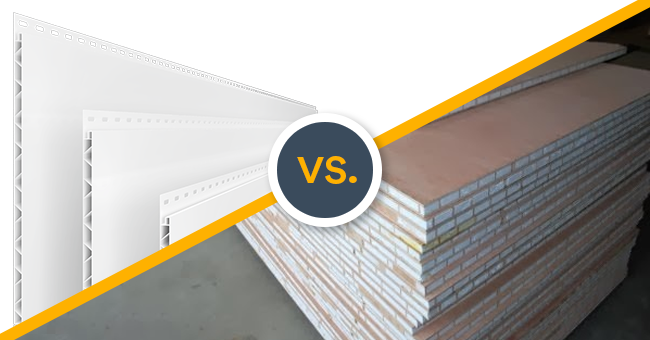

There are also lightweight boards available for this purpose. In ceilings, you usually use “CV” rated or ceiling boards. Ceilings and walls are generally faced with 1/2-inch (1.3 cm) drywall sheets.There is also moisture-resistant drywall called green board.įire Resistant – Used in industrial and commercial locations where fire-rating requirements must be met. But it has been replaced with a far superior cement board. Do not use regular or mold-resistant drywall in “wet” places because it will rot out. Moisture Resistant – Cement board for moist areas like bathrooms and kitchens. For general purposes, as bedrooms, living rooms, and dining rooms. Mold Resistant – Bit pricier than regular but uses paperless backing to inhibit the growth of living organisms. Both the gypsum and paper are organic materials prone to moisture and mold. Regular – Made of gypsum, sandwiched between layers of paper. Use as big sheets as possible because all the seams need to be taped and mudded. Smaller sheets are also available for patches or repair purposes, and larger sheets (4′ x 12′) are typically available as well at most big box hardware and home improvement stores. This is what will be most commonly used for the residential home construction or remodeling purposes. As far as lengths, the standard sheet size is 4′ x 8′.¼” drywall is relatively uncommon and can be used for repairs or for curved areas, where you can double up two sheets to make a standard ½” sheet.


Installing any type of wall over insulation will keep the garage from freezing or keeping the hot air out. The garage should be insulated, air-conditioned and finished. Comfortable Use All Year Around – If you spend a lot of time in the garage working, exercising, car maintenance, or hobbies.


 0 kommentar(er)
0 kommentar(er)
